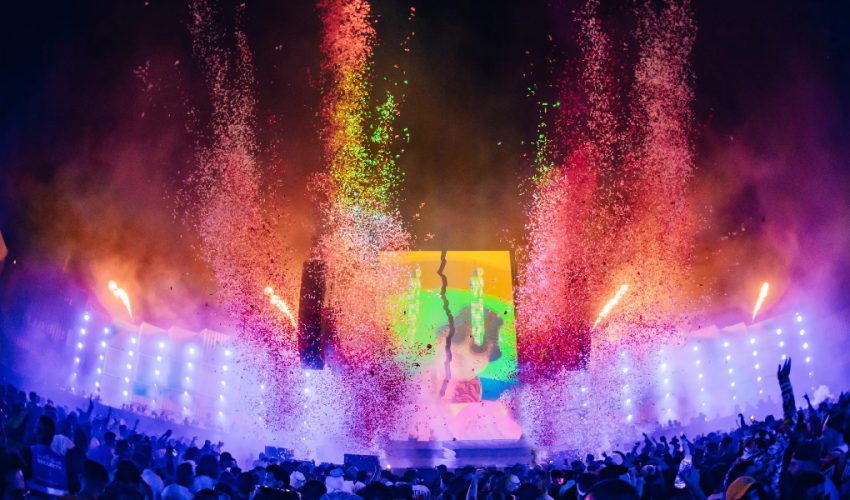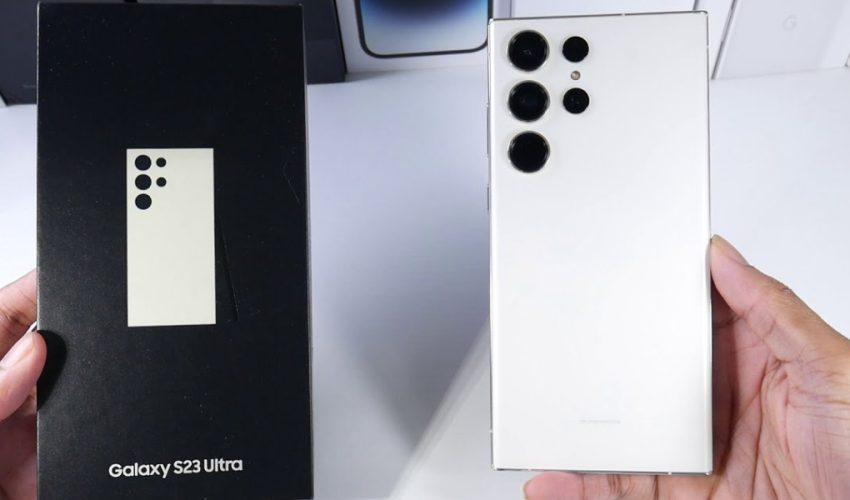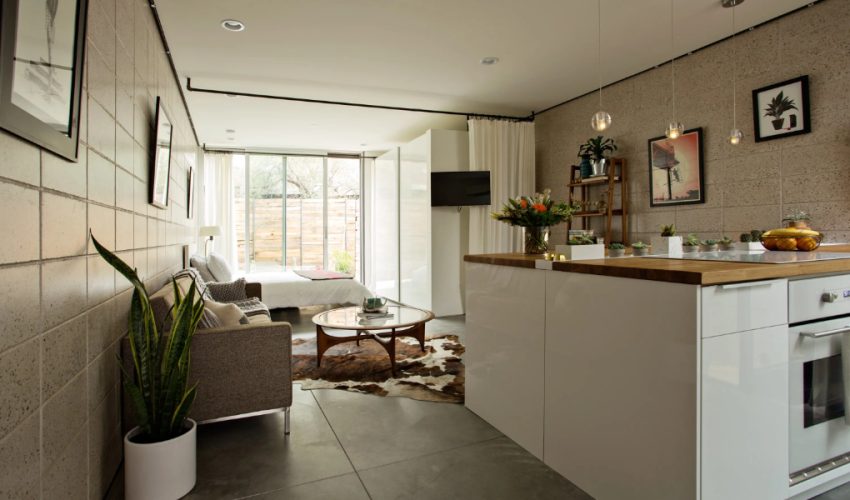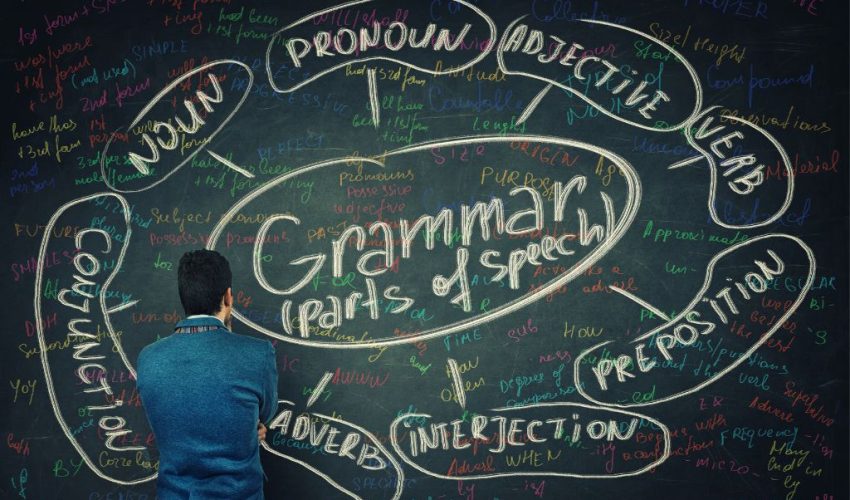A Jersey club-type beat is a type of music that is very soothing to listen to. This type of beat can be made up of several different elements, including the sub-bass pattern, the drums, and even the hi-hat. It can also be traced back to the city of Newark and may have been influenced by Philadelphia or Baltimore.
Hi-hat
A Hi-hat beat is a great way to add some flare to your song. The Hi-hat music beat has no doubt benefited from the advent of sample drilling, but it hasn’t necessarily been around forever.
For the modern dance music buff, a hi-hat is a fun way to show off your talent. The snare and kick are a good place to start, but the hat can make a song more dynamic and fuller. You can also add fills to give the beat a real kick.
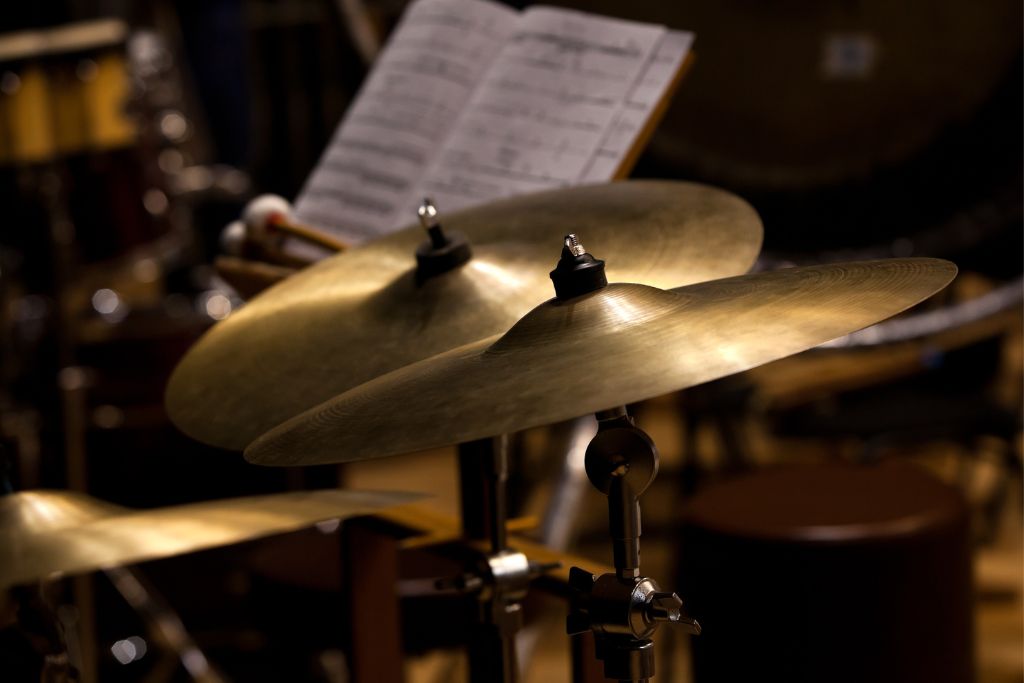
It is not uncommon for a song to have four kicks per bar. Often, a hi-hat is inserted into the kick’s pattern to boost its heft. However, it is not common to see a hi-hat smack dab in the middle of a kick’s snare.
Sub bass pattern
Jersey club is a dance genre that originated in the northeastern United States. It’s a subgenre of the Breaks genre. The beat is similar to other types of dance music, but the structure is a little different.
The Jersey club genre has its roots in Newark, New Jersey’s early house scene. Today, it’s a popular sound for remixing R&B and hip-hop. There are several producers from the Northeast who have helped put the Jersey Club sound on the map.
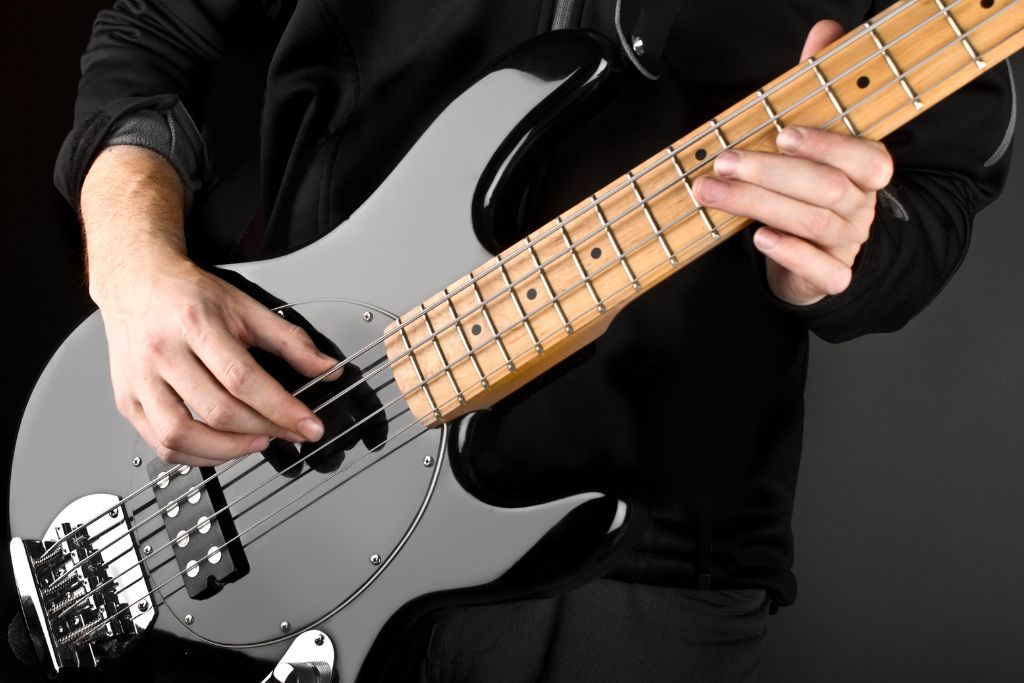
The Jersey club beat is defined by quick-hitting triple kick-drum patterns. Some songs will have a hi-hat going in the same pattern as the kick, adding to the sonic punch. Modern hip-hop and pop music are also heavily chopped up and used in the Jersey Club style. This includes Lyn Collins’ “Think (About It)” and the short sample loops used in Trillville’s “Some Cut.”
Drum sections
The Jersey club style of music is a type of dance music, inspired by Baltimore and Philadelphia clubs. It features choppy drum work, fast-paced beats, and looped vocal samples.
A lot of the Jersey club beat is created by fast-hitting triple-kick-drum patterns. For added punch, a hi-hat will sometimes go at the same time as the kick.
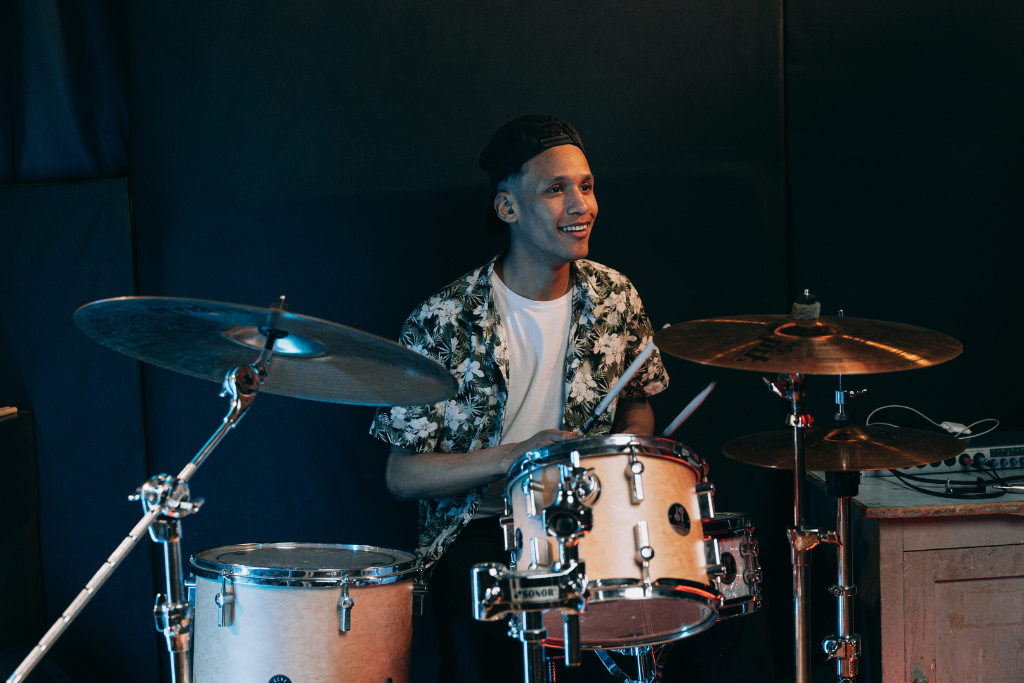
Many of the tracks on Drake’s new album invoke the Jersey club beat. “To the Max” is one example. Another example is the samba rhythms of “Samba.” It has a heavy focus on the snare. Likewise, the hard bop rhythms on “Sidewind” and “Medium Brushes” have a strong focus on the snare.
Jersey Club was influenced by Baltimore club music and arose from the club scene in the 1980s. This style is very engaging.
Influence from Philadelphia and Baltimore
Baltimore club music and Philadelphia club music are two genres that are heavily influenced by one another. But while the first wave of the Baltimore club used some familiar samples, the second wave is trying to re-imagine the sound of the Internet age. Bandmanrill and Mcvertt, a Newark rapper-producer duo, are the most recent example of this.
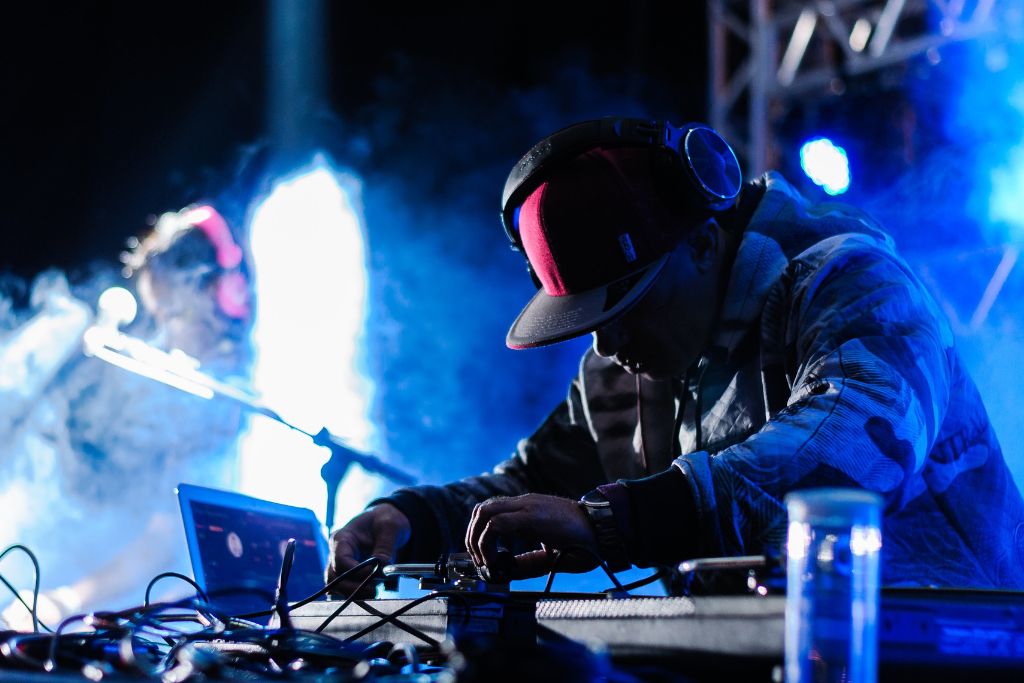
The duo first released “Heartbroken” in 2013, a song that featured a fast-paced breakneck club beat. They went nuts on TikTok, and the track ended up being a big hit. Since then, the duo has collaborated with a variety of artists, including early rap idol Lil Uzi Vert.
Their sound is made up of nonstop gun clicks, R&B samples, and pop culture motifs. It’s a style that embodies the younger generation and appeals to fans who appreciate music that isn’t just about rap.
Origins in Newark
The Newark, NJ, museum is currently exhibiting “Newark Stories.” This exhibition is a montage of four notable Newarkers whose contributions were significant enough to be recognized. From the world’s largest airport to the largest city in the state, there is a multitude of reasons to make a trip to the Big Apple.

The first and foremost reason to make a trip to the Big Apple is the Newark Liberty International Airport, which is the largest and busiest airport in the United States. Newark is the gateway to the city and is located on the Hudson River. It also has a lot to offer in terms of culture, shopping, and dining.
The Newark Museum has a “Newark Stories” exhibit on display through September. There is also a one-man show about Walker Evans. One of the more interesting aspects of the show is that it was held at the Hamilton Manor, which was previously the headquarters of the Newark Free Public Library.




